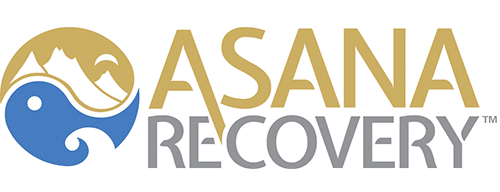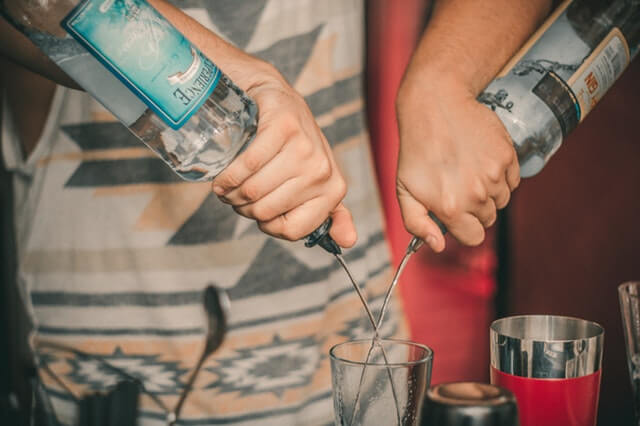According to the 2015 National Survey on Drug Use and Health, or NSDUH, 58.0 percent of full-time college students ages 18–22 drank alcohol in the past month, and 37.9 percent of those reported binge drinking. For many people, drinking is an important part of the college experience. Most young adults drink for the first time when they arrive at college, particularly if they join a fraternity. Despite the fact that most college students are under the legal drinking age, there is an unspoken rule among some administrators to look the other way. Often, these students’ parents view drinking as just something that all kids do – and something that they did themselves – and protest any suggestion that they be punished. Unfortunately, since many schools depend heavily on alumni donations, it’s not uncommon for these incidents to be swept under the rug.
Each year, 1,825 college students between the ages of 18 and 24 die from alcohol-related unintentional injuries, 696,000 were sexually assaulted, and 1 in 4 report academic consequences. In addition to the harm to students, this increases the costs of health care and security for the college and damage to the reputation of the school.
In response, CollegeAIM – the College Alcohol Intervention Matrix – was created to help schools address underage drinking. The National Institute on Alcohol Abuse and Alcoholism (NIAAA) developed the CollegeAIM guide and website to help university administrators choose between the many potential interventions to address harmful and underage college drinking. The guide was established with input from college alcohol researchers, college student life, and alcohol and other drug program staff.
In order to develop drinking prevention programs, colleges and universities should assess the problems on campus and set priorities, select strategies by exploring evidence-based interventions, plan how to carry out the strategies and how to measure results, and take action by implementing the strategies, evaluating them, and refining the program.
The CollegeAIM program helps with the second of these – selecting a strategy – by rating the effectiveness of almost 60 different strategies and helping to identify those that are most likely to reduce drinking. It also allows college personnel to examine how their current strategies compare with other options and find new, research-based strategies. They can then choose a combination of approaches that best meets their needs.
CollegeAIM has two sets of data: one for environmental-level interventions, meaning those that apply to the campus community and student population as a whole, and the other for interventions that target individual students, such as those in higher-risk groups like first-year students, student athletes, and members of Greek organizations. There are also estimates for anticipated costs and barriers to implementation, and citations for related research. The website contains a strategy planning worksheet,
If you or a loved one need help with quitting drugs or alcohol, consider Asana Recovery. We offer medical detox, along with both residential and outpatient programs, and you’ll be supervised by a highly trained staff of medical professionals, counselors, and therapists. Call us any time at (949) 438-4504 to get started.



